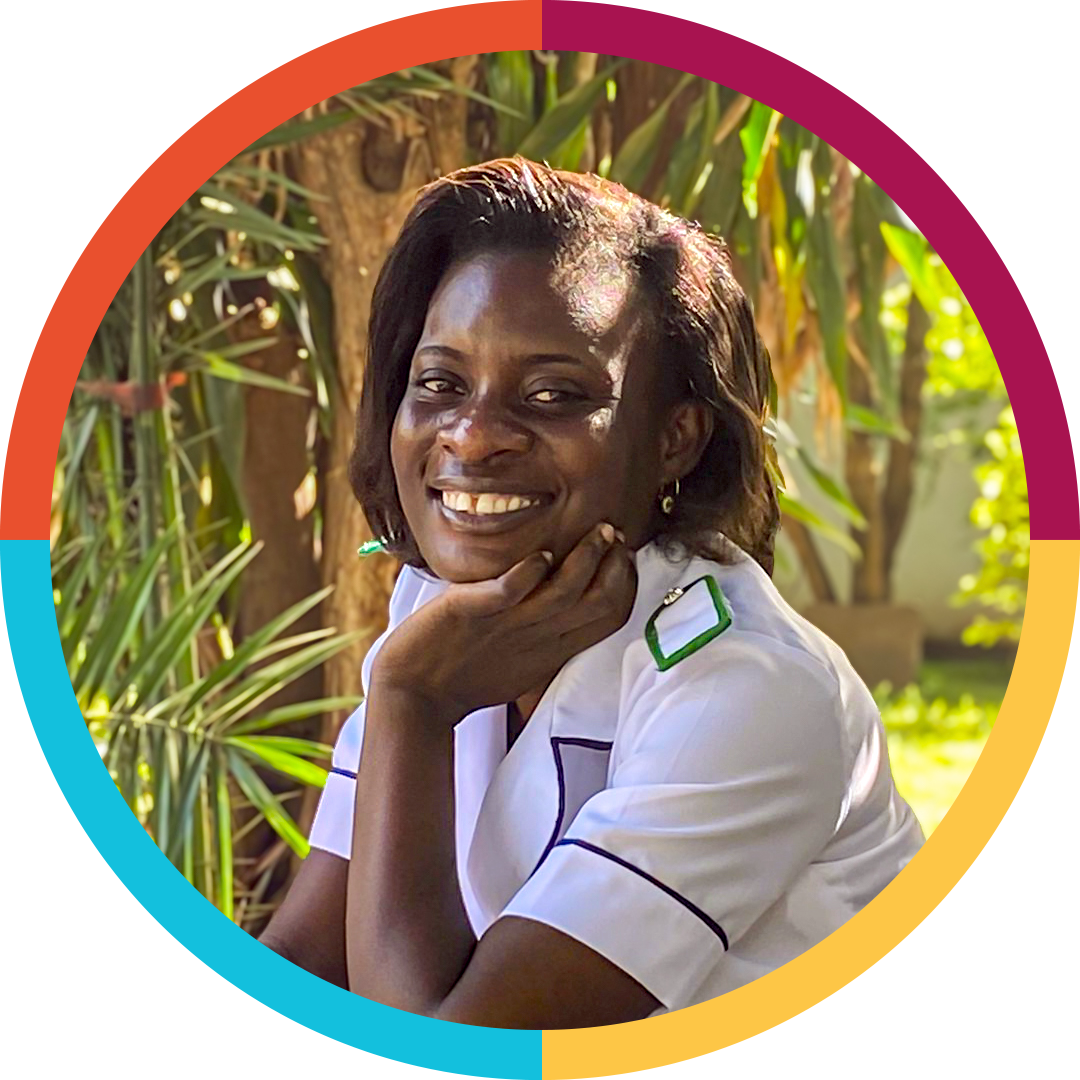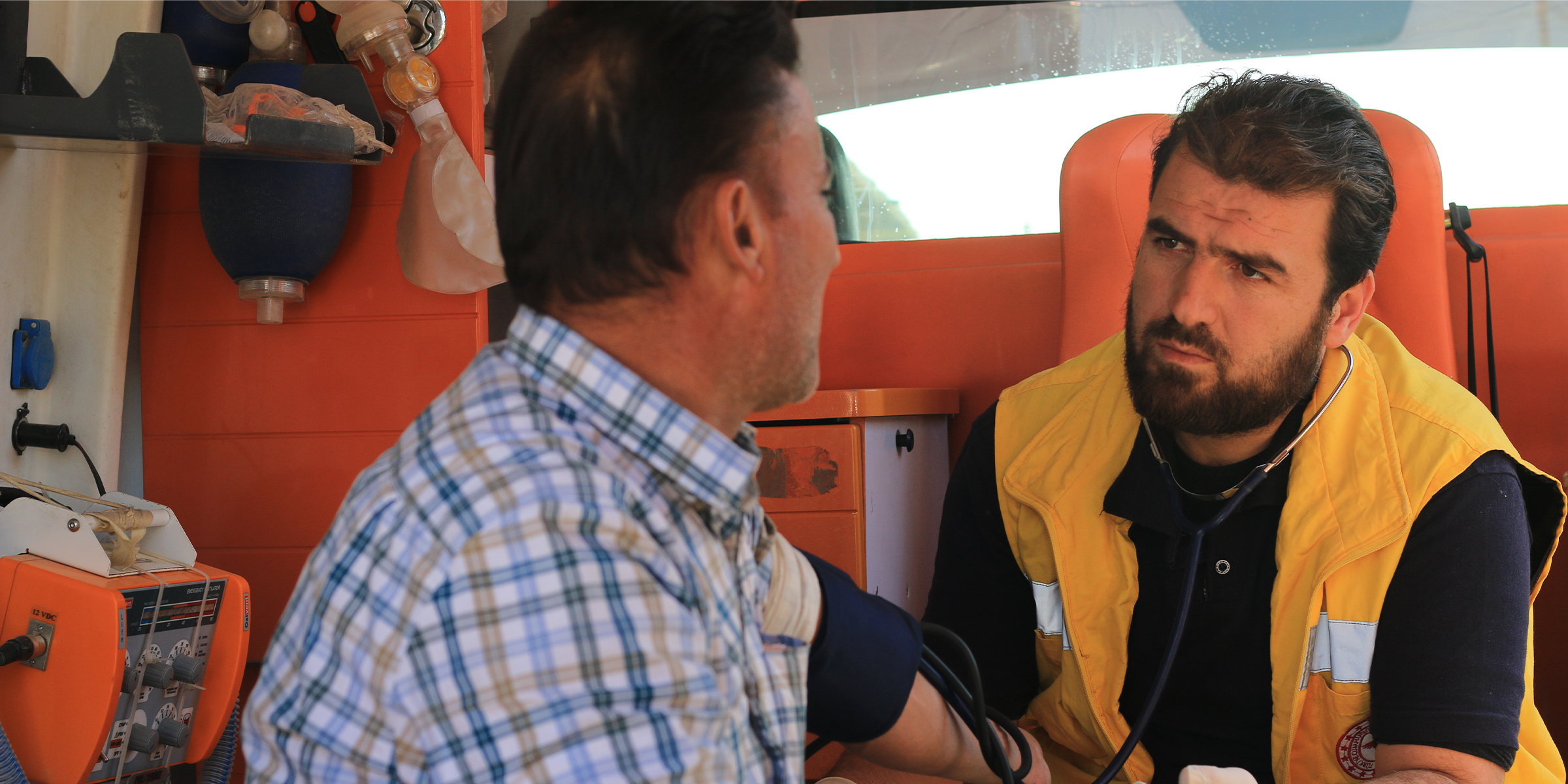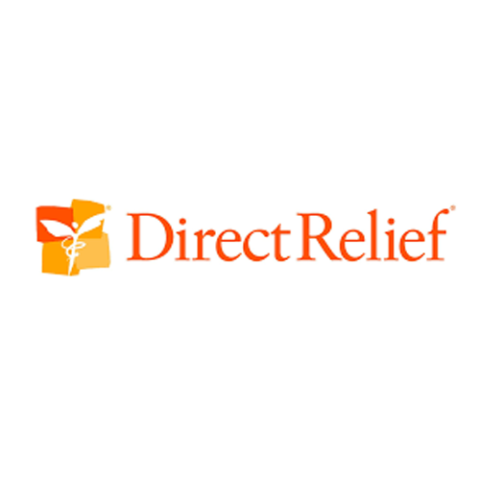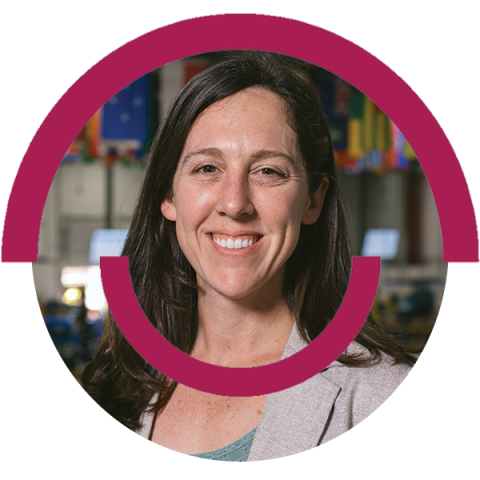Partnerships with healthcare providers can stem from applications for routine healthcare provider support to urgent requests in times of crisis. One example of this is our work in Sudan. Although we had been sending product into the country since 2011, following the outbreak of Sudan’s civil war in 2023, we developed a relationship with the Ministry of Health, which has strengthened pathways for delivery of donated medicines. Testing initial shipping routes with a donation of immune suppressants, we eventually scaled up support for NCDs to include donations of antineoplastic agents for cancer treatment, blood formation coagulants, and cardiovascular drugs. With the conflict now entering its third year, local leaders in Sudan are strengthening their own partnerships with additional organisations internationally to build support and advocacy for the needs of people living with NCDs.
The majority of the medical support we send to low-and middle-income countries (LMICs) is dependent upon donations from pharmaceutical partners, especially novel oncology therapies, and we have found that having multi-faceted partnerships with healthcare providers has helped to overcome the challenges embedded in donation-based support models. Detailed data collection from treating facilities, dedicated patient monitoring, patient testimonials, and community outreach to prospective patients, like education on cancer screening and addressing myths or stigmas around NCDs, help to build support from pharmaceutical donors, including their confidence in a health facility’s ability to handle temperature sensitive therapies.
Having a collaborative care model not only helps build donations, but also strengthens resilience during challenging times. In February 2025, Botswana experienced severe flooding due to torrential rains, displacing thousands and damaging critical infrastructure. One of our partners in the impacted region, Baylor Botswana Children’s Clinical Centre of Excellence, reported that flooding of this magnitude had not been seen in decades. The national healthcare sector faced significant challenges in delivering services to affected populations, exacerbating existing vulnerabilities, but were able to mitigate long term disruption in care for chronic conditions in part due to their reporting capabilities. Botswana’s health system mapped affected areas and impacted facilities, and demonstrated resilience as a community as it overcame the challenges faced by healthcare workforce strain and supply chain disruptions.
Ongoing relationships with healthcare providers, ministries of health, and NGOs help us test the logistical pathways that make deliveries possible during times of crisis. While we frequently coordinate with companies and organisations like FedEx and the World Food Programme to provide airlift capabilities, it is often local leaders on the ground who see the product make it to the patients. One example is our relationship with the Syrian American Medical Society Foundation (SAMS), which provides relief to neighbouring countries, including Turkey. This partnership has been invaluable to delivery of Direct Relief aid, during the Turkey-Syria earthquake or for routine donations for NCD populations. Thanks to the UN Security Council’s cross-border mechanism, SAMS facilitates the delivery of humanitarian aid into Syria through its cross-border operations in Turkey.
Although 82% of NCD deaths occur in LMICs, earlier this year we were reminded that humanitarian crises can occur anywhere. During Direct Relief’s response to the Los Angeles fires, we employed the same partnership models to accelerate delivery of aid. Working with our local communities, this approach has proven time and again that leaders and change-makers can come from anywhere, and break cycles of inequity.






